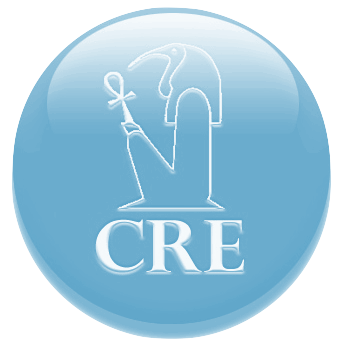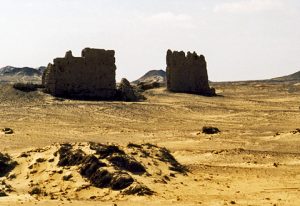EGYPTOLOGY IN PRAGUE
In the Czech Republic, Egyptology can be found at two departments: the Czech Institute of Egyptology, Faculty of Arts, Charles University cegu.ff.cuni.cz and the Náprstek Museum of Asian, African and American Cultures, National Museum in Prague http://www.nm.cz/?xSET=lang&xLANG=2.
The work of the Czech Institute of Egyptology is mainly devoted to archaeological excavations at Abusir in Egypt and to the schooling of future generations of researchers.
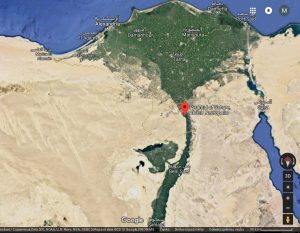
History
Egyptology in the Czech countries has a fairly long history (for the 50th anniversary of the Czech Institute of Egyptology, see https://www.youtube.com/watch?v=9-Plj-bTMXI).
The discipline already featured earlier at the German University in Prague in 1882 (for the history of German Egyptology in Prague, see http://ceguold.ff.cuni.cz/pdf/Egyptologie%20na%20UK.pdf).
František Lexa, the author of a study on ancient Egyptian religion and of a grammar of demotic, is the founder of Czech(oslovak) Egyptology. Thanks to him, a Seminar of Egyptology was established at the Faculty of Arts of the Charles University in 1925. He became Professor for Egyptology at the Charles University two years later.
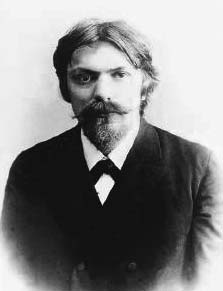
Furthermore, among his students featured Jaroslav Černý, one of the most important Egyptologist of the last century and professor of Egyptology in London and Oxford, UK.
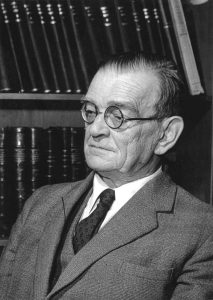
The establishment of the Czech (former Czechoslovak) Institute of Egyptology at the Charles University in Prague and Cairo in 1958 was closely connected to the UNESCO salvage campaign in Nubia throughout the 1960’s. The institute was directed by another student of Lexa, Zbyněk Žába, at this time (see also https://www.youtube.com/watch?v=0D8acbzjXx4). After the Nubian campaign, the Institute focused its interest to Abusir.
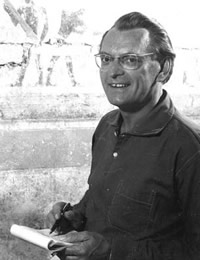
Abusir
The Abusir necropolis consists of three main sectors:
- Royal Cemetery at Abusir, with royal pyramids from the Fifth Dynasty and a necropolis of members of the royal family (for the latest excavations, see, for instance, AC 31: http://cegu.ff.cuni.cz/en/2015/01/06/the-expedition-of-czech-institute-of-egyptology-has-discovered-tomb-of-an-unknown-ancient-egyptian-queen/).
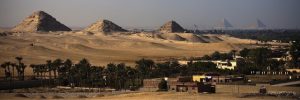
- Abusir West, with the Saitic-Persian shaft tombs of high dignitaries and army commanders like Udjahorresnet, Iufaa (https://www.youtube.com/watch?v=7eGDdJH0D4M), Menekhibnekau (http://cegu.ff.cuni.cz/en/2007/11/22/the-shaft-tomb-of-menekhibnekau/) and Padihor.

- Abusir South, an Old Kingdom necropolis of dignitaries with a large number of important discoveries, for instance a Third Dynasty boat http://cegu.ff.cuni.cz/en/2016/02/01/a-unique-boat-from-the-pyramid-age-discovered-at-abusir-by-the-expedition-of-the-czech-institute-of-egyptology/, the tomb complex of Princess Sheretnebty AS 68, http://cegu.ff.cuni.cz/en/2012/11/06/ground-breaking-discoveries-in-abusir-south/. Moreover, a Ramesside temple was excavated as well http://cegu.ff.cuni.cz/en/2017/10/15/a-new-temple-of-ramesse-ii-discovered-in-abusir/.
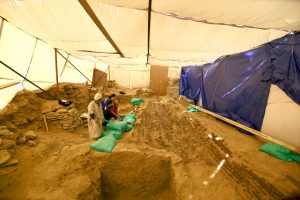
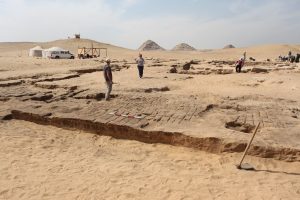
Except for Abusir, the Institute also conducts excavations in the Western Desert and in Sudan.
Western Desert
El-Hayez
The works are devoted to the hitherto only little explored area of the El Hayez oasis, located about 50 km to the south of Bahriya. This includes a settlement from the time of the pyramid builders as well as a large Christian settlement at the site of Bir Shawish.
Sudan
Jebel Sabaloka
Since 2009, at Jebel Sabaloka in the Sixth Nile cataract region, settlements from the Mesolithic (Ninth–Sixth Millennia BC) and the Neolithic (Fifth–Fourth Millennia BC) are being investigated.
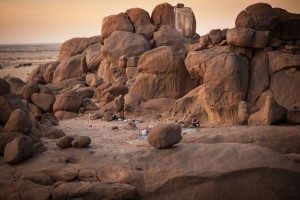
Usli
The site of Usli is located on the left bank of the Nile, about 40 km southwest of the Fourth Cataract. The archaeological excavation of the Czech expedition uncovered remnants of a significantly damaged stone temple from the Napatan Period (ca. 900–300 BC). There are some indications that the origin of the building may date back to the time of the Egyptian viceroyalty (ca. 1550–1069 BC).

Conferences
The institute hosts on a regular basis renowned international congresses, such as Abusir and Saqqara and The Crossroads, and issues the proceedings of these and numerous other congresses.
http://cegu.ff.cuni.cz/en/research/conferences-since-2013/ and http://cegu.ff.cuni.cz/en/research/conferences-2005-2011/.
Publications
To present the results of our research to the wider scientific and well as general public, the Czech Institute of Egyptology publishes a wide variety of studies covering numerous aspects of ancient Egypt and Nubia (e.g. archaeology, history, religion, language, iconography, medicine, etc.; see http://cegu.ff.cuni.cz/en/research/publications/). The most important results of the institute’s archaeological research in Egypt is covered in the Abusir-series. The institute also issues the proceedings of the numerous congresses it hosts as well as collected studies and books in both English, German and Czech. Besides scholarly volumes, a number of our publications aims to introduce ancient Egypt to the public, including the translation of selected works in Arabic (see http://cegu.ff.cuni.cz/en/research/electronic-publications/publication-programme-of-czech-institute-of-egyptology-in-arabic/). Up-to-date information on the research in Egypt, Sudan as well as in Prague can be found in the biannual Czech–English magazine Prague Egyptological Studies (PES), published since 2002. (https://pes.ff.cuni.cz/en/). The English issue is dedicated to Third Millennium BC Egypt and Sudan. A selection of older publications is available in pdf format (E-publications; see http://cegu.ff.cuni.cz/en/research/electronic-publications/).
